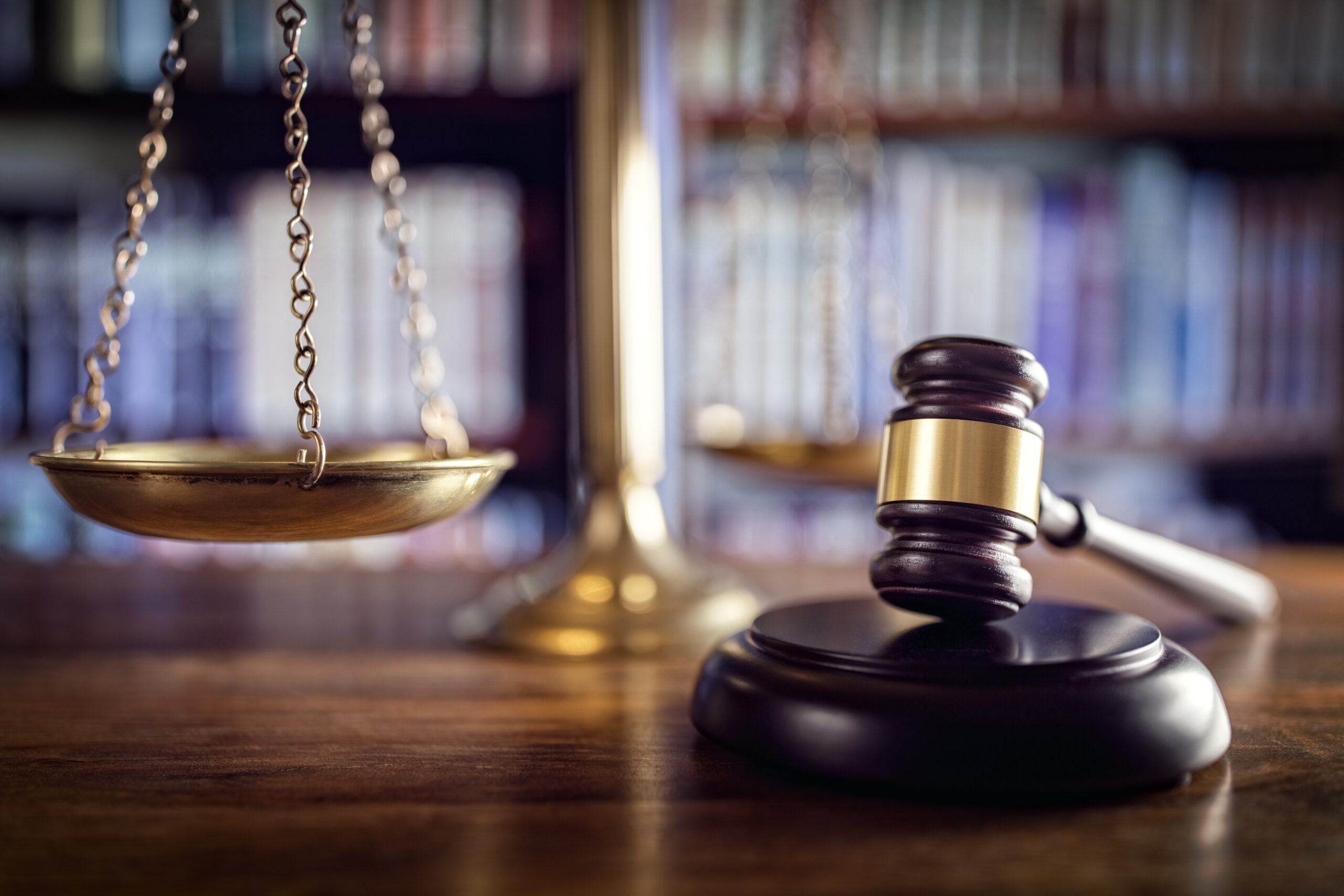
What is Joint and Several Liability?
To be held jointly (combined) and severally (separately) liable is often seen in civil cases where two or more people are found liable for damages.
When a group of people are held jointly and severally liable, the winning plaintiff may:
- Collect the entire judgement from just one of the parties or
- Collect from multiple parties until the judgement is paid off
In a case where the plaintiff chooses to collect the judgement from multiple parties and one party does not have the means to pay for his/her share then the remaining parties must make up the difference so the judgement can be paid in full.
When Can You Be Held Jointly and Severally Liable?
Defendants in a civil case can only be held jointly and severally liable if both their acts brought about harm to the plaintiff.
For example, two drunk drivers are racing down the road and one of the drivers hit a pedestrian. The two drunk drivers would most likely be held jointly and severally liable for hurting the pedestrian because both of their actions caused the accident.
Joint and several liability protects plaintiffs from a situation where they might lose out or not receive money should one of the defendants not have money to pay.
Percentage of Fault
Joint and several liability makes every defendant liable for the entirety of the plaintiff’s loss, regardless of each defendant’s degree of fault.
For example, in the two drunk drivers example above, the court will probably hold the driver that hit the pedestrian 90% liable for the accident. The driver who did not hit the pedestrian might only be held 10% liable. If the driver who is 90% liable has no money and can’t pay the judgement, the driver who was 10% liable has to pay the entire payment.
Indemnity
Indemnity is different from joint and several liability.
Indemnity is where a defendant who is not primary responsibility for damages done to a plaintiff but pays the plaintiff his/her awarded money can recover whatever funds he had to pay. He recovers these funds from the person who was primarily responsible for the damages done to the plaintiff.
What Does Jointly and Severally Liable Mean for my Bond?
When a surety bond is purchased, the principal and the surety will generally be held jointly and severally liable for the bond itself.
That is, either the principal or the surety or both may be sued on the bond, and the entire liability may be collected from either the principal or the surety.
Questions to Ask
If you are in a case involving multiple other defendants, it is wise for you to brush up on your knowledge. Asking yourself the following questions can help you evaluate your case.
1. Does ‘joint and several’, ‘several’, or some other modified liability rule apply?
2. Is there a right to contribution among all the defendants?
3. In a case of partial settlement, what becomes of the remaining defendant(s) liability?
4. If the plaintiff is partial to blame for his own injuries/damages/losses, what effect does that have on the defendant’s liability?
Related Links:






